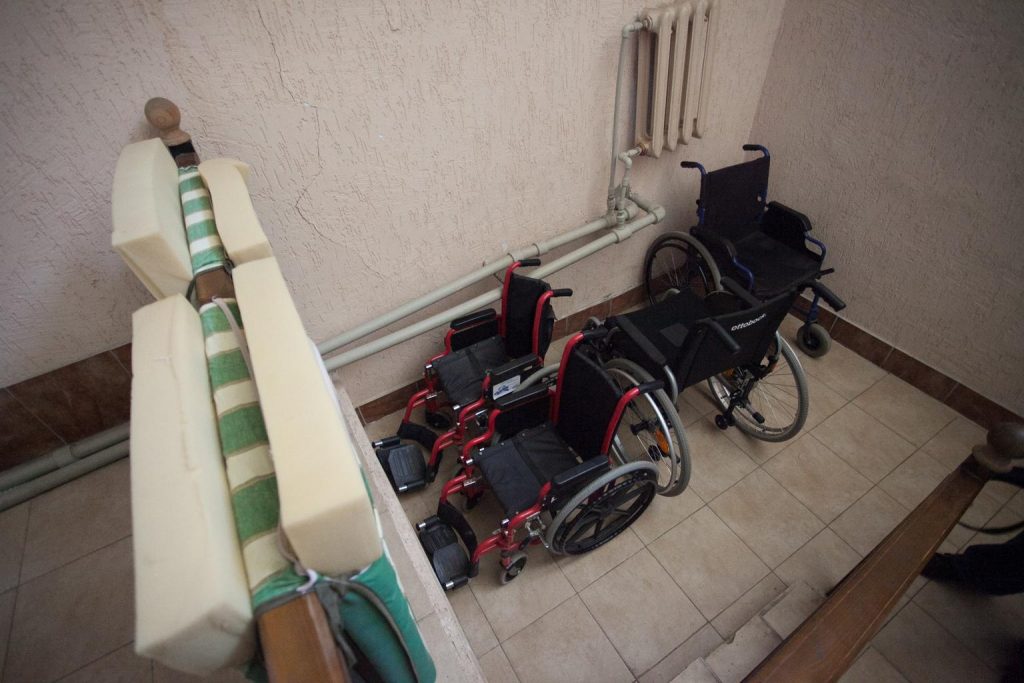Although baseline data for post-conflict situations are frequently unavailable, there is a clear deterioration in the health conditions of populations during and following conflict. Excess mortality and morbidity, displaced populations, and vulnerability to communicable diseases during and following conflict all call for immediate relief and restoration of basic services. As much as possible, short-term relief and assistance programmes should be implemented in a manner compatible with longer term health system rehabilitation.
This paper presents a framework for analyzing the inputs and policies that make up post-conflict rehabilitation programmes in the health sector. Post-conflict rehabilitation of the health sector can be viewed as three inter-related approaches: (1) an initial response to immediate health needs; (2) the restoration or establishment of a package of essential health services; and (3) rehabilitation of the health system itself. These three approaches should operate synergistically and as part of a continuum.



